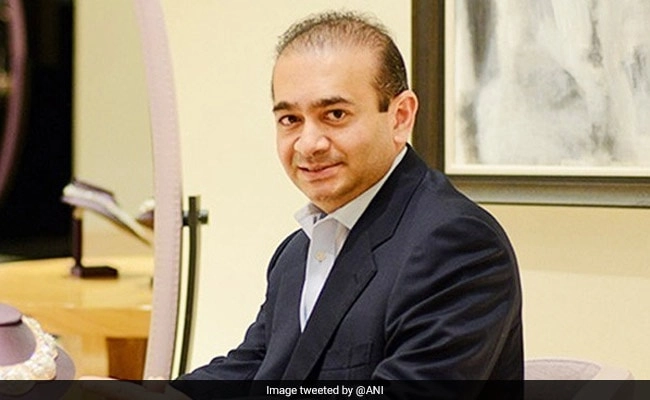In a tragic incident that has shocked the nation, a man in Karnataka was brutally beaten to death after allegedly shouting “Pakistan Zindabad” during a cricket match. This incident reflects the deep-seated tensions and heightened emotions that can often accompany cricket matches, particularly in a country where the sport is not just a game but a significant part of national identity. The atmosphere surrounding cricket matches, especially those between India and Pakistan, tends to be charged with passion, and this unfortunate episode underscores the potential for violence that can arise from such fervor.
Eyewitnesses report that the man, identified as a local resident, was celebrating a moment in the match when he made the controversial statement. His words ignited an immediate backlash from other spectators, leading to a physical altercation that escalated quickly. The scene rapidly transformed from one of spirited competition to a tragic confrontation, illustrating how sports can sometimes blur the lines of social discourse and provoke extreme reactions. Despite the efforts of bystanders to intervene, the situation deteriorated, and the victim suffered severe injuries that eventually led to his death.
This incident has raised significant concerns about the safety of individuals expressing dissenting opinions or sentiments, especially in a highly charged atmosphere like that of a cricket match. It serves as a stark reminder of the fragility of social harmony in situations where national pride and identity are at stake. The reaction to the man’s words reflects broader societal issues, including intolerance and the challenges of navigating complex national narratives. As communities grapple with these tensions, it becomes increasingly important to foster environments where dialogue and differing opinions can coexist without fear of violence or retribution.
Moreover, this tragedy has sparked conversations about the role of sports in society and their impact on collective consciousness. Cricket, often seen as a unifying force in India, can also become a flashpoint for divisions when national loyalties are questioned. The outpouring of grief and outrage following this incident highlights the need for a more profound understanding of how language and expressions of identity can lead to violent confrontations. As the investigation unfolds and the community mourns the loss of a life, it is crucial to reflect on how such tragic events can be prevented in the future and how society can move towards greater tolerance and understanding in the realm of sports and beyond.




